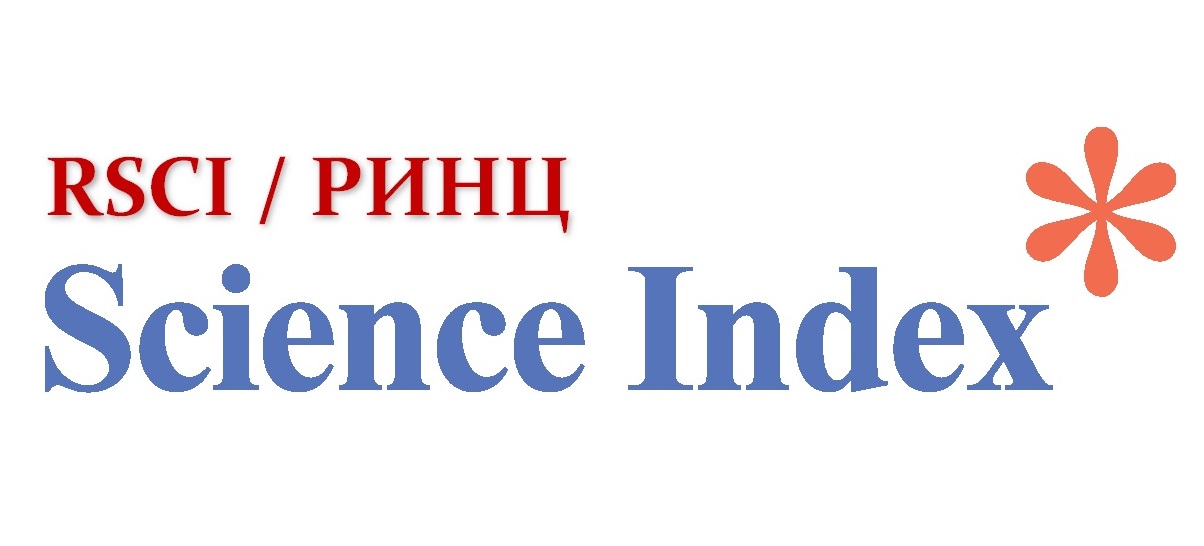Features of interaction between government agencies and the media in Kazakhstan and Russia
Views: 257 / PDF downloads: 458
Keywords:
traditional media, social networks, information policy, mediatizationAbstract
Undoubtedly, information is one of the most important resources required for the effective functioning of society, and news and social networks play an increasing role in political discourse. In this connection, the important role of the media is determined as a tool for collecting, processing, and disseminating information, and more importantly, the formation of public opinion. For this reason, interaction with the media for government officials is of paramount importance in carrying out state reforms and transformations that are taking place in our country today, as a result of which a special nature of their interaction is formed.
This article discusses various factors that influence the interaction of the state with the media and determine their role in the formation of state policy. The emphasis in this article is more on traditional media as the main recipient of the state information order. As a result of the study, key problematic issues in the information space of the Republic of Kazakhstan and the Russian Federation were identified, and recommendations were made for more effective interaction between the media and the state apparatus.
The purpose of this study is to determine the level of involvement of the media in the political processes of Kazakhstan and Russia, as well as their participation in the promotion of political reforms and ideology.
Downloads
Published
How to Cite
Issue
Section
License
Copyright (c) 2023 Bulletin of the L.N. Gumilyov Eurasian National University. Political Science. Regional Studies. Oriental Studies. Turkology Series.

This work is licensed under a Creative Commons Attribution-NonCommercial-NoDerivatives 4.0 International License.







